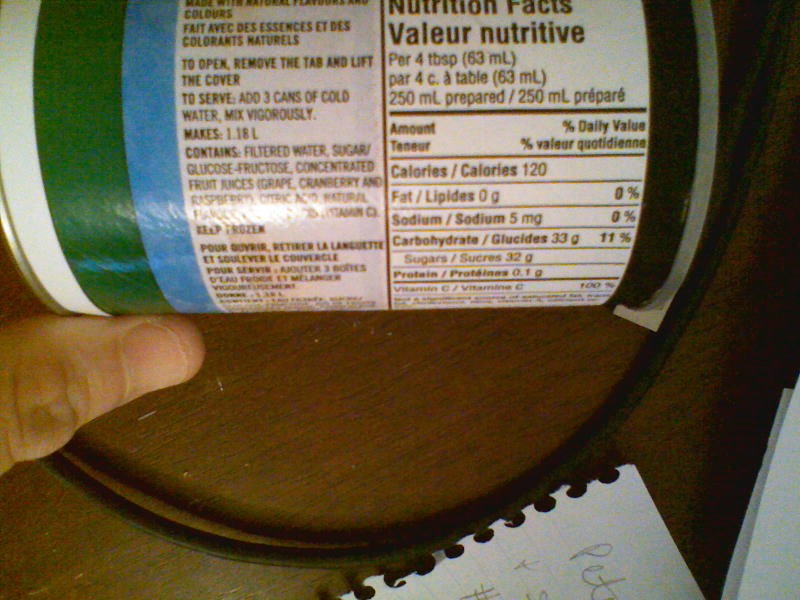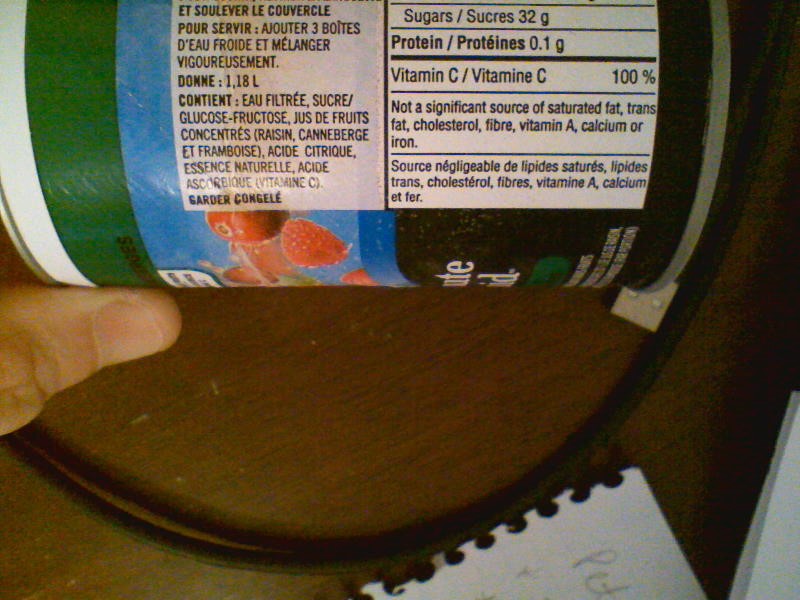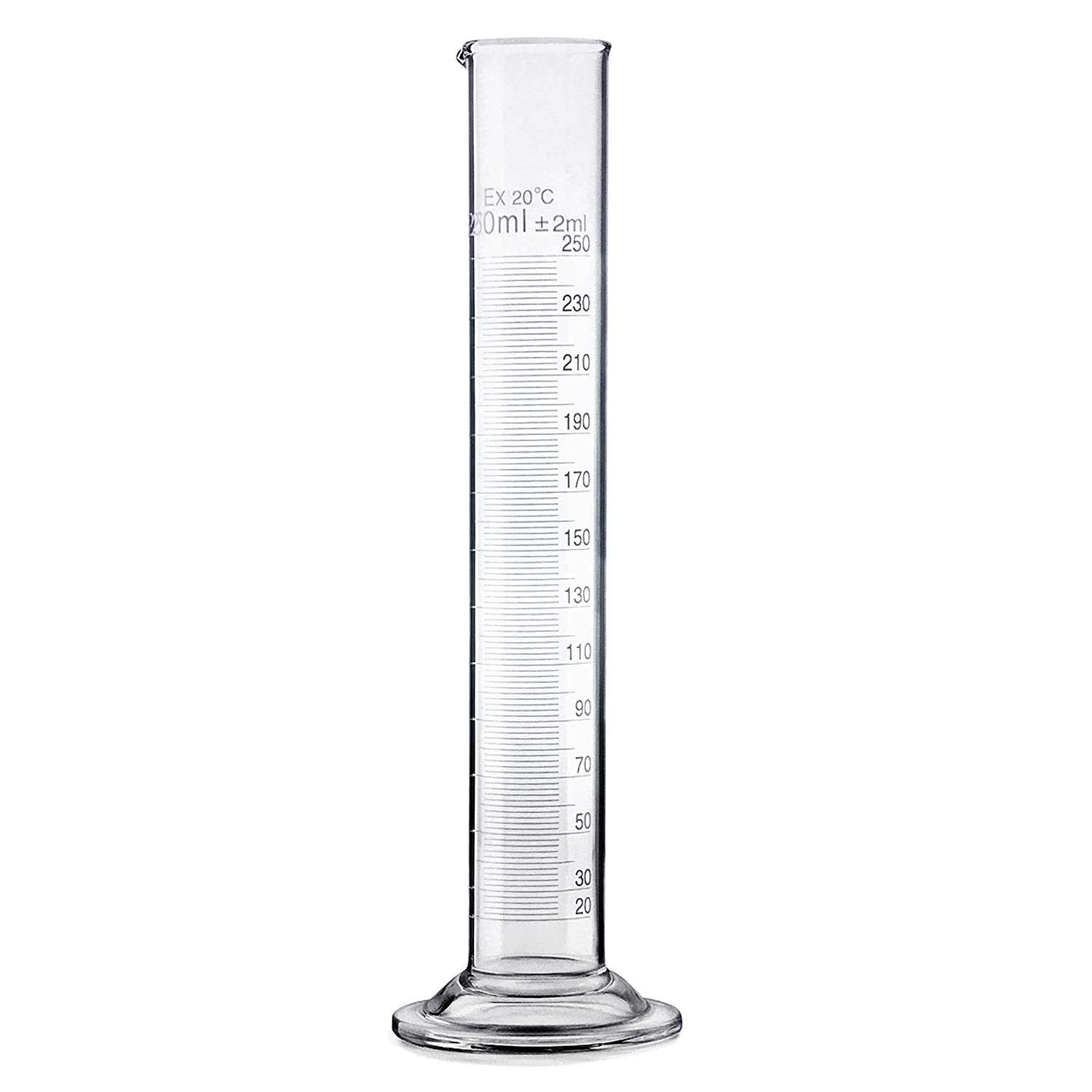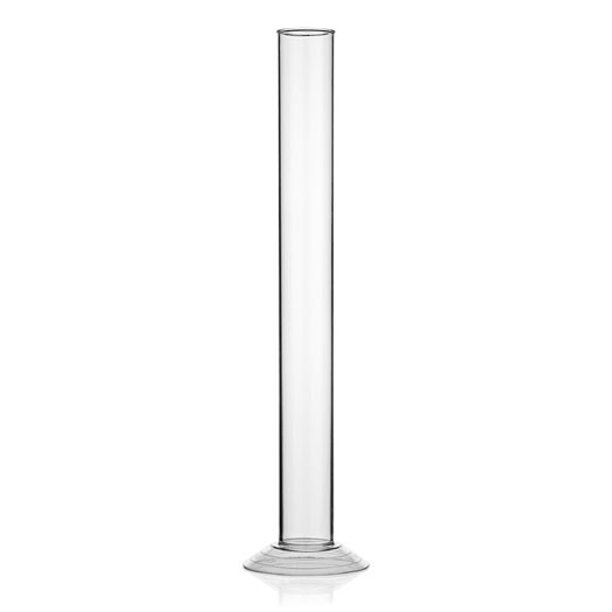Hi everyone,
I am brewing some Cooper's Canadian Blonde with about 1.25 KG (2.8 lbs) of that clear (fructose? Glucose? Dextrose?) extract they sell in place of corn sugar at brew shops. After boiling I got the temperature down to the range needed, 70 - 74F where it remained for the first week. Airlock bubbled away as always then when things slowed down, I decided to get creative and add a can of frozen concentrated cranberry juice (I thawed it so it was room temperature syrup as it went in). By my calculations it has about 187 grams (6.6 oz) of glucose / fructose. Then, the airlock started bubbling a little more for a couple of days as expected and when it slowed way down and temperature dropped, I decided to drop in my hydrometer expecting things to be within normal bottling range, but it was high (1.020). So I left it fro a few more days and raised the temperature back to the low 70's and it is still at 1.020, 3 days later and bubbles have now all but stopped. I'm a little worried about bottling and having gushers. I use snap down bottles with the rubber washer as seals if that matters.
Did the can of concentrate raise the final gravity that much or has something gone wrong? I'm not worried about figuring out alcohol content, just trying to avoid bottles leaking (would they explode too?).
Sorry for lack of specifics that I know some are used to. I know some people keep diaries and that is awesome, but I guess I have always done things by the book and never got creative so I didn't get into the habit of taking good notes.
Thanks for any advice.
I am brewing some Cooper's Canadian Blonde with about 1.25 KG (2.8 lbs) of that clear (fructose? Glucose? Dextrose?) extract they sell in place of corn sugar at brew shops. After boiling I got the temperature down to the range needed, 70 - 74F where it remained for the first week. Airlock bubbled away as always then when things slowed down, I decided to get creative and add a can of frozen concentrated cranberry juice (I thawed it so it was room temperature syrup as it went in). By my calculations it has about 187 grams (6.6 oz) of glucose / fructose. Then, the airlock started bubbling a little more for a couple of days as expected and when it slowed way down and temperature dropped, I decided to drop in my hydrometer expecting things to be within normal bottling range, but it was high (1.020). So I left it fro a few more days and raised the temperature back to the low 70's and it is still at 1.020, 3 days later and bubbles have now all but stopped. I'm a little worried about bottling and having gushers. I use snap down bottles with the rubber washer as seals if that matters.
Did the can of concentrate raise the final gravity that much or has something gone wrong? I'm not worried about figuring out alcohol content, just trying to avoid bottles leaking (would they explode too?).
Sorry for lack of specifics that I know some are used to. I know some people keep diaries and that is awesome, but I guess I have always done things by the book and never got creative so I didn't get into the habit of taking good notes.
Thanks for any advice.
Last edited:









